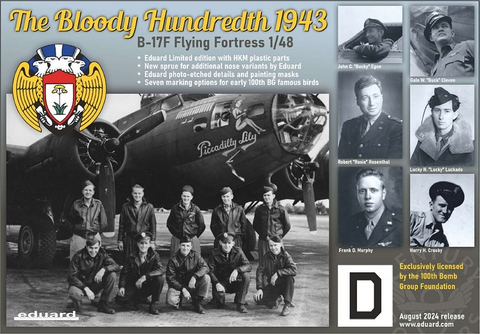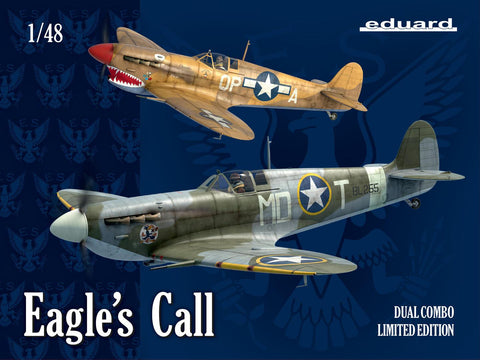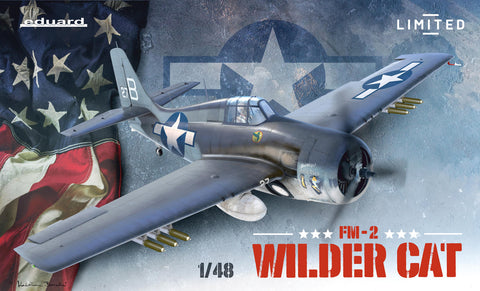Since 1938 Grumman had been working on its successor to the F4F Wildcat. The new aircraft would feature a wider undercarriage which would retract into the wings. This was arranged with a new hydraulic system which rotated through 90°. The wing was mounted lower and a hydraulic folding mechanism was fitted. Grumman worked closely with the US Navy to provide a fighter which would defeat the Japanese Zero. The design was further refined using combat reports with a larger engine being fitted.
The British Royal Navy's Fleet Air Arm would receive just over 1200 aircraft under the Lease Lend program. Originally these were called the Grumman Gannet Mk.I but this was changed to the Hellcat for simplicity. These would see combat in Norway, the Mid and the Far East. The FAA would eventually field 12 Squadrons of Hellcats. After the end of WWII the aircraft were rapidly replaced in the British inventory with the last two Squadrons retiring them in 1946.
The British Royal Navy's Fleet Air Arm would receive just over 1200 aircraft under the Lease Lend program. Originally these were called the Grumman Gannet Mk.I but this was changed to the Hellcat for simplicity. These would see combat in Norway, the Mid and the Far East. The FAA would eventually field 12 Squadrons of Hellcats. After the end of WWII the aircraft were rapidly replaced in the British inventory with the last two Squadrons retiring them in 1946.
- Plastic Parts: Eduard
- No. of Decal Options: 2
- Decals: Eduard
- PE Parts: No
- Painting Mask: No
- Resin Parts: No









